There’s something about the age and the history of antiques that excites me more than most brand-new pieces. One of the things I’m drawn to is the beauty and workmanship of old textiles. Whether it’s antique gold and silver threads, metallic ribbon (galón) or fabrics and tapestries from the Ottoman Empire, each one has a story. Stories that start with the skilled hands, patience and dedication needed to create such intricate works of art and who the piece was made for and when? During my recent trip to France, one of my goals was to scout the Paris flea markets in search of antique textiles and trim.
On a cold, rainy, Saturday morning, Esther (Essie) Zimmer and I discovered my “think I’ve died and gone to heaven” shop full of world-class, antique textiles.
Learning about textiles is like taking a history class, and that day, our teacher was Leyla Lebeurrier-Ahi, a dealer and expert in “textiles anciens.” Discovering Leyla’s shop in the Marché Dauphine at the Saint-Ouen flea market, just outside of Paris, ranks up there with the thrill I felt when I would excavate long hidden Mayan artifacts.
Leyla Lebeurrier-Ahi’s shop is stacked with shelvesof dazzling textiles, dating back centuries. Row after row of colorful silks, cottons and silk velvets are displayed like exquisite, jeweled candies. Some are in perfect condition, while others have small blemishes. All are pieces that have been worn or used, and it’s that patina of time that draws me to them.
Whether it’s an ancient tapestry, a tablecloth, cleric vestments fit for a Pope, even children’s clothes so incredible you think they must have been worn by little kings in the Palace of Versailles, Leyla can tell you about every piece she owns. Many of her pieces are beaded and trimmed with gold and silver thread and galón. Most are hand-stitched.
Here are some snippets of conversation from our morning with Leyla:
BRENDA: How did you get interested in old textiles?
LEYLA: I was always passionate about antiques. Then I realized textiles are so different, and there is so much to learn about them. They are not always easy to preserve, so it gives even more value to them. I have some textiles that are 5 to 7 BC. They are woven with a very antique technique you still find now in French tapestries.
It’s interesting to compare the techniques, the patterns, the influences and to keep in mind textiles were usually done to be used. Tapestry, even old vestments, were of course, pieces of art, but they had to function as well.
BRENDA: Tapestries were hung on the walls because there was no heat, and many walls were made of stone, so they helped keep out the cold.
LEYLA: Exactly, and people would take them with them when they traveled. This is the way the patterns and the techniques traveled as well.
BRENDA: When you look at a textile or a piece of fabric, what can you tell about it?
LEYLA: I can tell where it’s from, the date, the material, the technique. All these elements help me. Sometimes I have little doubts about is this 17th century embroidery? Is it Italian… French? When you have these little doubts, it’s interesting because you find other ways of detecting whether it is or is not.
There are, for example, groups of fabrics from 16th, 17th century that were very important Turkish velvets, and Italian people and Venetian people would do the same because these velvets were very important pieces that had a lot of value. Today when you see one of those velvets, sometimes you have a doubt. Is it Venetian? Is it Ottoman area? People would travel by ship from Venetia to the Ottoman Empire and take these valuable pieces and do business with them.
BRENDA: They used textiles as currency. Who comes to buy your pieces?
LEYLA: I have different clientele. Decorators, priests. Sometimes famous fashion people need a fabric to make something, or like Galliano, they come and buy my things to get inspired. Somebody, liking contemporary pieces, can come here and find something that would fit very well in a contemporary area.
BRENDA: Do the priests actually wear the old vestments, or do they just collect them?
LEYLA: They collect; they wear, and they take some of the pieces to make a new, better piece. You have some collectors who wear the antique vestments and costumes whether to go to Venice for the week, just to get dressed, or for their own pleasure. I have all the movie, theater and opera business coming to me. Everything for entertainment people that need things to wear or for their décor. I would rent and sell to them. We create things. They come with a special demand. I suggest, then they create something.
Whether they come to me for 15 minutes or two hours, I go into their universe, and I’m passionate about that. I have doll collectors that come and need to make a new dress for a specific doll. We have to find the specific textile with small patterns. They show me the picture of the doll, tell me the story of the doll that’s very precious. I learn a lot from my customers.
BRENDA: Tell me about your home. Do you have lots of textiles there?
LEYLA: Yes, I have embroideries on the wall. I have things I keep a little bit for myself, and then I bring to the shop because I think I should share them. My husband is a collector as well, but there’s a war in the house about who can display what and where.
BRENDA: Does he collect textiles as well?
LEYLA: No, he’s mostly in archaeology and a collector of 18th century furniture. We have a passion as well for dinosaurs and things like that. We have boxes of things and a collection of beaded and hand works and hats we display a lot.
BRENDA: What’s the most precious piece you have here?
LEYLA: I can’t choose only one. I have many periods. For example, I have a cap for a statue of Mary. It’s a blue, silk velvet cap, very richly embroidered with very thick flowers and bouquets of silk and metal thread. I like this piece a lot because it’s quite rare. The work is amazing.
BRENDA: These really old pieces were done by hand, so that makes them even more special.
LEYLA: Yes. You had ladies, working at home for themselves, or nuns. I have a very nice beaded work from a convent. They were very well-known to do bead and embroidery works for priests and churches. Brothers would also work in the workshops. The most important embroiders were men. Some of my pieces are very fragile… 17th century. I would frame those.
BRENDA: How long have you been in this location?
LEYLA: Eighteen years. I’m going to die here, I think. (Laughter.) I do no efforts to attract people. The attraction here are the pieces, and only people like you come to me.
As Essie and I were about to leave, an ethereal, exquisite young man entered Leyla’s shop. Tall and thin with pale, almost translucent skin and natural red lips, he looked very European, and his haircut was chic, short on the sides and long on top. He seemed to glide across the room in a long, black cashmere coat. Essie and I were spellbound. He was as beautiful and mesmerizing as Leyla’s textiles. Essie pointed out his commanding presence, refined mannerisms and precise diction. What I would have given to know his story! If I were to guess, I’d say he stepped straight out of the erotic sexual party in Stanley Kubrick’s film, Eyes Wide Shut.
While I didn’t buy anything from Leyla–I blew my budget elsewhere–I will be back!

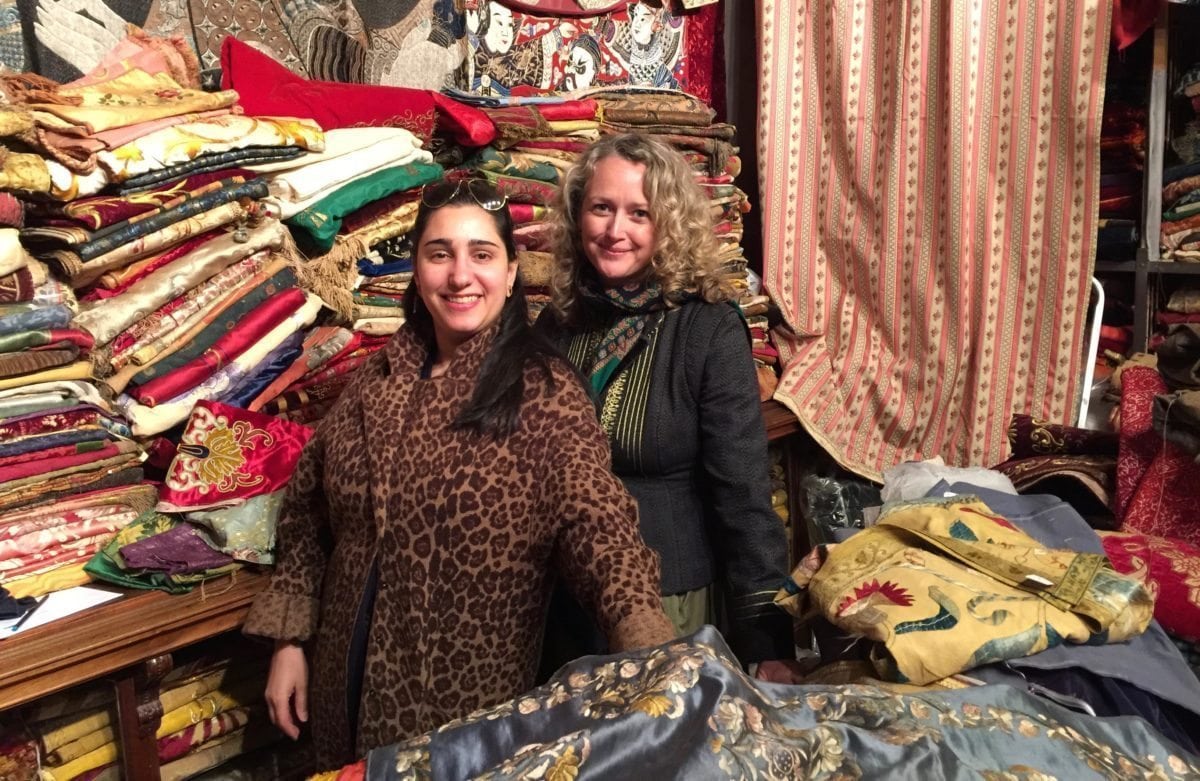

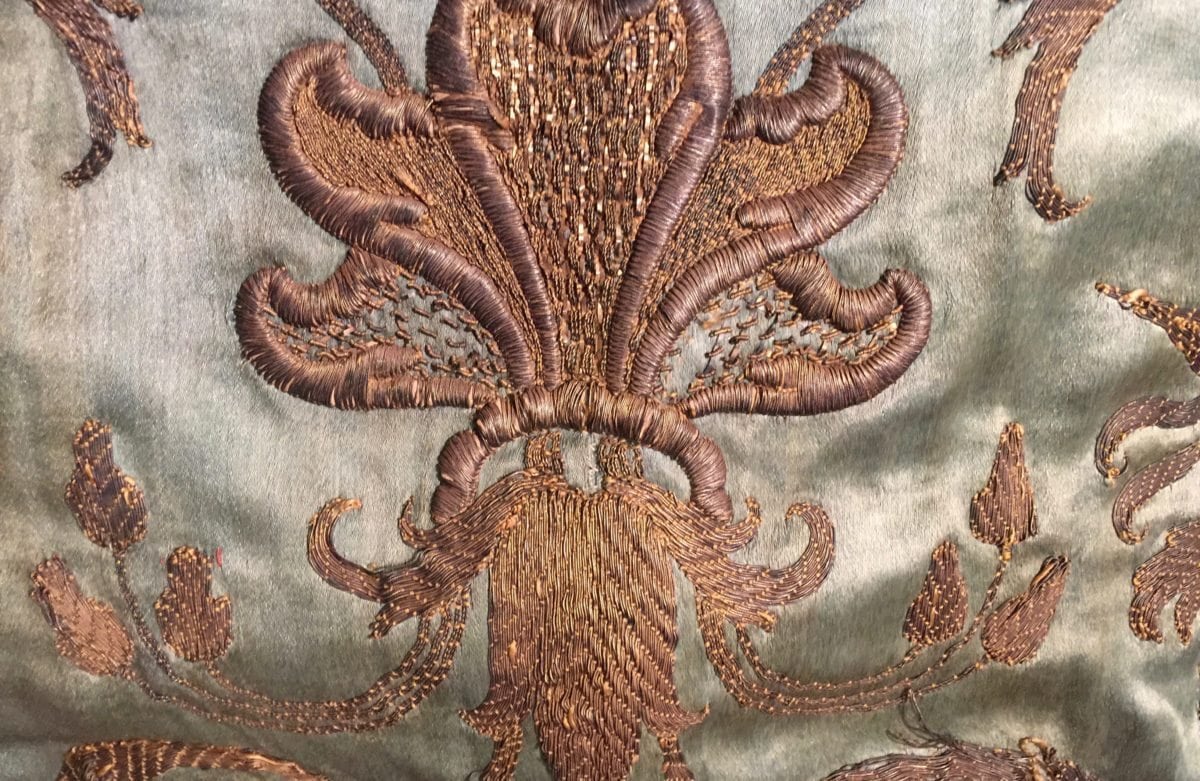
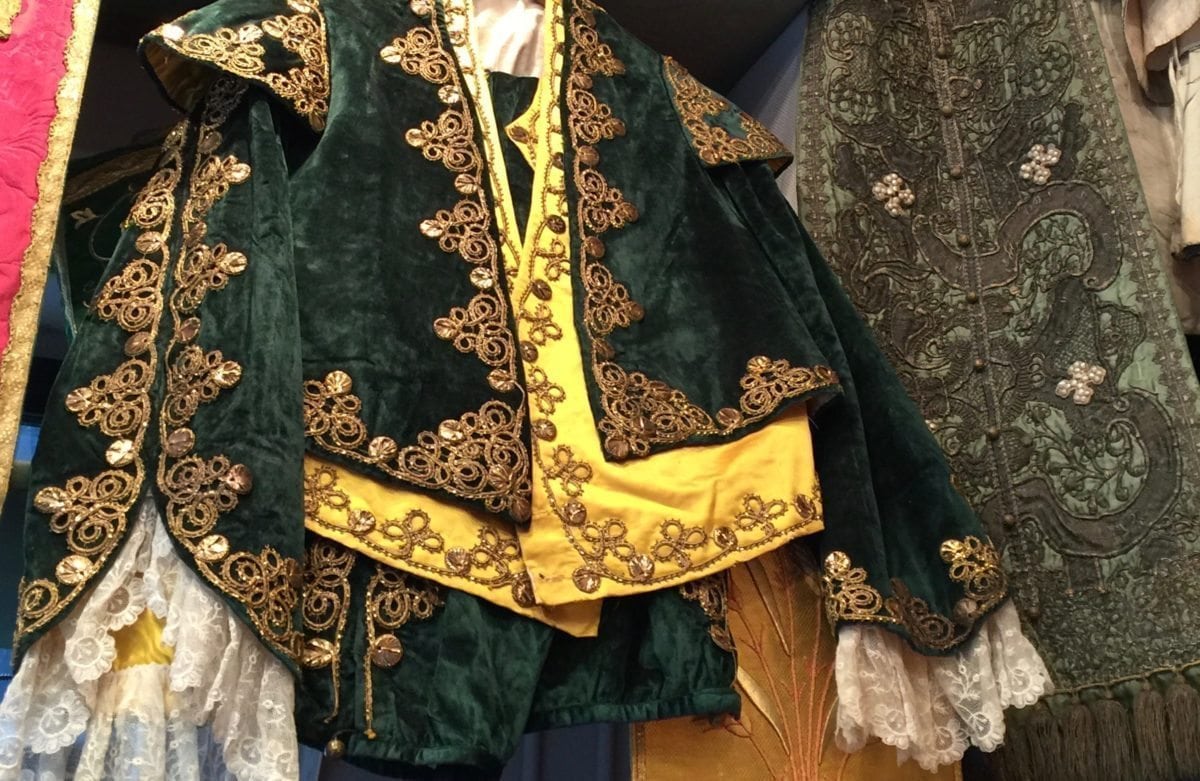



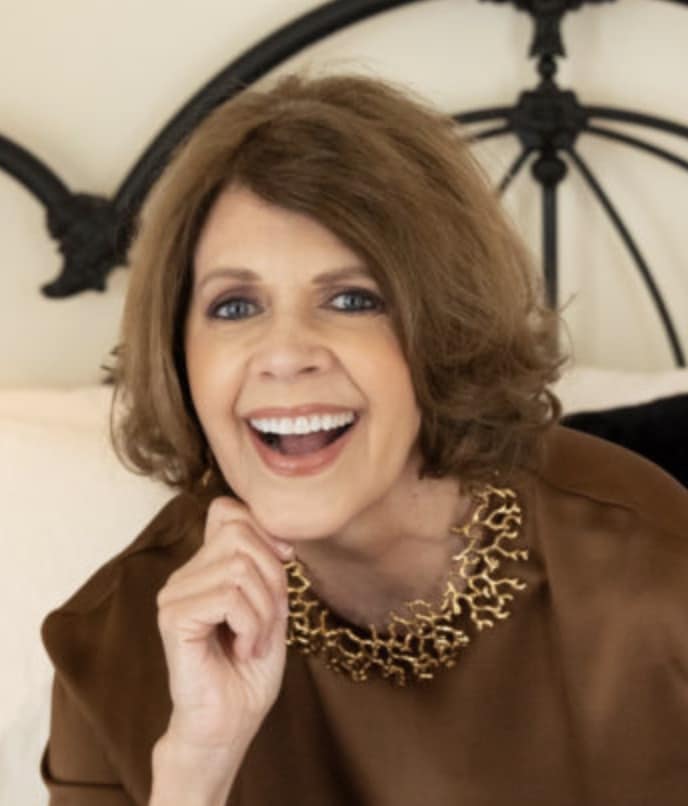




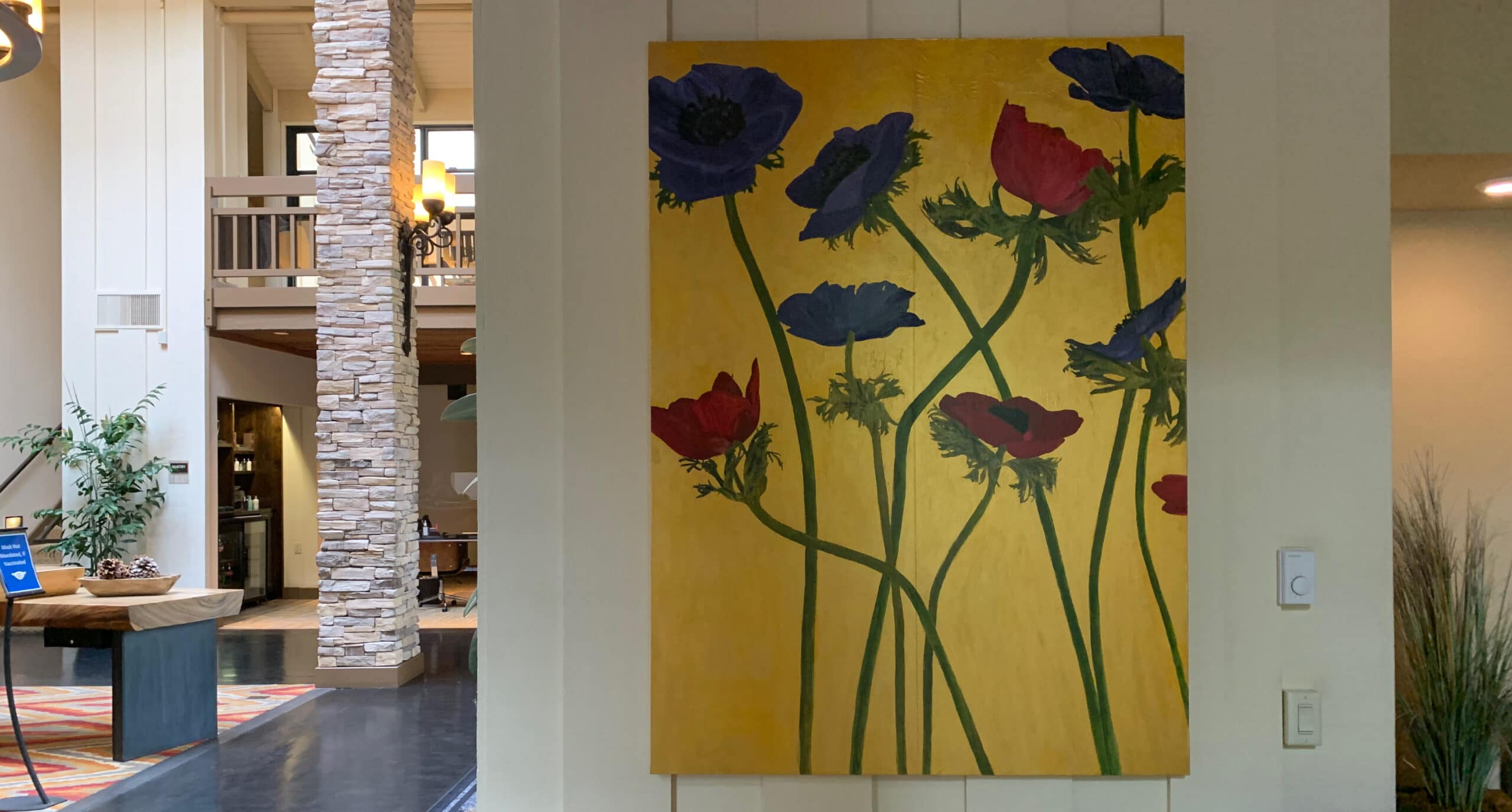
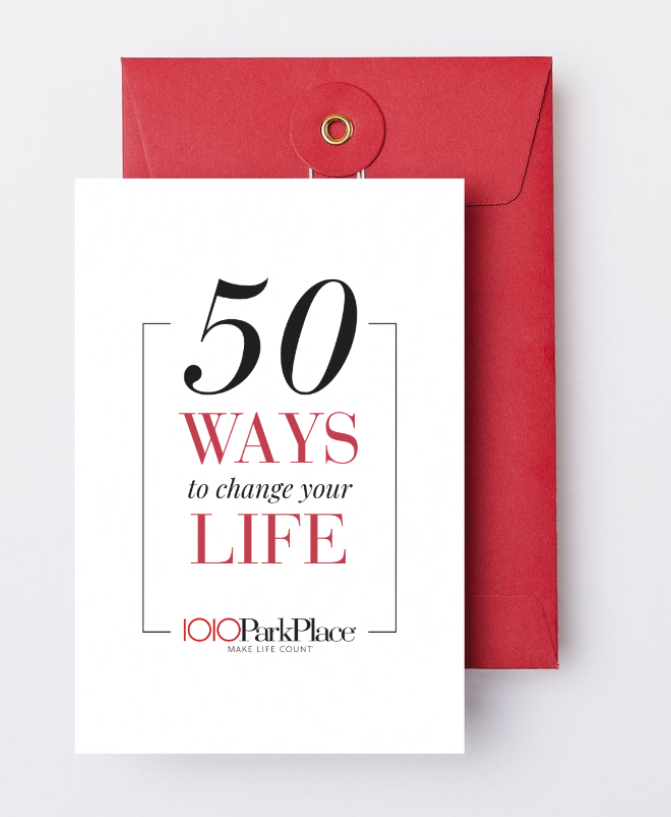
21 thoughts on “Paris Flea Markets and Antique Fabrics”
I love old textiles: what a story they tell! Great interview.
Thanks, Jen!
I love this interview! The photograph is amazing and her work reminds me of collage. I use handmade papers for collage and the process is similar, in some ways. Thanks for sharing this little piece of Heaven!
b
Do you make your own handmade paper? I have another friend who does that. So beautiful.
No, I’ve never tried to make my own, but the good ones are almost like fabrics.
Wow!!! 5-7 BCE? That’s pretty incredible. I still dream of owning a Fortuny piece.
An antique dealer friend electrified two 18th century candle sconces for me had had half shades made out of old Fortuny fabric. Gulp! $$$
Remember, “You only live once!” 😉
Oh my, when I came to read your latest post I didn’t expect to see my own face staring back at me! Very funny. I love this interview Brenda, it’s extra-special of course because I got to see you live in action, interviewing Leyla. I adored her, she was so welcoming and her passion for textiles was inspiring. And that man! He was mesmerising. This was definitely one of the highlights of our time together, and now you’ve passed your love of textiles onto me too. Essie xx
Essie, I was so happy you were with me that day! I could really get into trouble in her shop! xoxox, Brenda
Sounds amazing Brenda…it also sounds like your entire trip was a memory maker. I am glad you enjoyed each moment. This is the kind of place I would love to go.
Pam, You would appreciate Leyla because she’s an excellent teacher. She would be a great history teacher because she draws you in with interesting stories.
I love textiles! What a great history lesson. Thanks for the vicarious visit.
Hi Haralee! Her fabrics are exquisite! Glad you enjoyed the piece. I appreciate your letting me know. Brenda
Very interesting read, I have always been a fan of old textiles.
They’re so beautiful. The history and the age… We almost felt like we were in a museum.
She’s a walking history lesson and has amazing fabrics.
Have filed this for my next trip. And who was the man?!
If I only knew who he was… I’d be camped across the street just to get a glimpse of him. Oh, my stars! If I had to guess, I’d say he was straight out of Stanley Kubrick’s “Eyes Wide Shut.” I like to imagine he’s a wealthy Baron who lives in a 17th C. castle, behind guarded gates and oversees the most amazing low profile sexual “events.”
WOW!!! Like I needed yet *another* reason to go back to Paris! I’m featuring this on my blog for Thursday Favorite Things!
I’d appreciate that! Thank you, sweet lady! Brenda
Comments are closed.